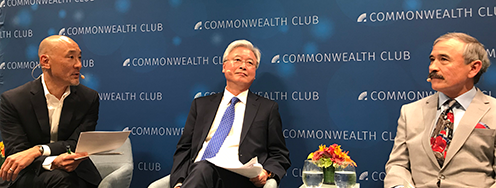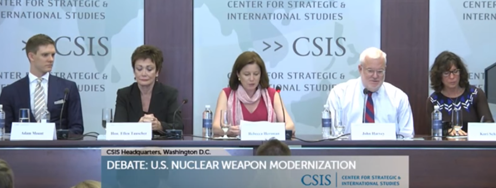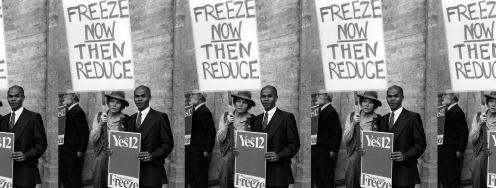Assessing the Bush nuclear legacy
"Where do I start? One could write a book," says physicist and Ploughshares Fund advisor Frank von Hippel in "Bush's Legacy: The Wasted Years" in today's issue of Nature, rattling off the many ways he believes the administration of George W. Bush has harmed the cause of nuclear non-proliferation. Von Hippel joins a chorus of nuclear weapons experts assessing the Bush legacy, including Daryl Kimball, Christopher Paine, Rebecca Johnson and Pavel Podvig, all Ploughshares Fund grantees who commented on the wreckage of the nonproliferation regime for the article.
Joe Cirincione and Ploughshares Fund Research Associate Alexandra Bell wrote in yesterday's Huffington Post that despite having cut the U.S. nuclear stockpile in half, "U.S.-Russian relations are at their worst point since before the collapse of the Soviet Union.... There remains no coherent plan for addressing the danger from the almost 1,300 Russian nuclear warheads poised for attack within 15 minutes and thousands more in insecure storage."
Grantee Hans Kristensen from the Federation of American Scientists told Joe and Alex that "you're actually too nice about his legacy on nuclear reductions. They have not 'halved the U.S. nuclear weapons stockpile five years ahead of schedule.' They reduced it by 'nearly half' by late-2007. I'm not being academic; just a 1% difference is over 1,000 warheads. And the reduction was almost entirely in inactive warheads," adding that "Bush achieved the lowest warhead dismantling record of any U.S. president since Eisenhower...It's important to put the reductions in perspective."
John Isaacs from the Ploughshares-funded Center for Arms Control and Nonproliferation offers "The Good, The Bad and The Ugly: Congress and National Security During the Bush Years." Clearly, we will be assessing the damage and working to reverse it for years to come.



